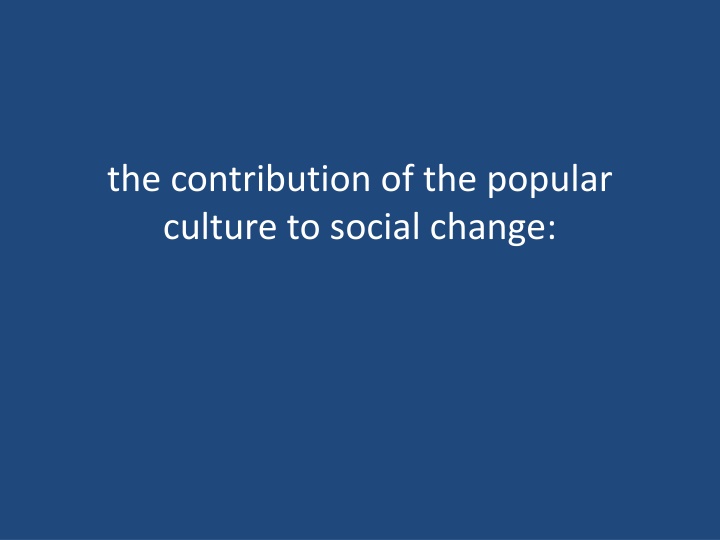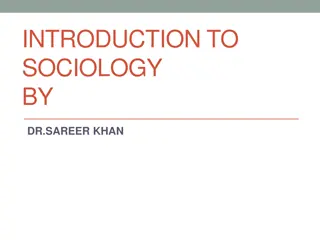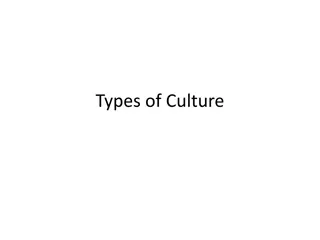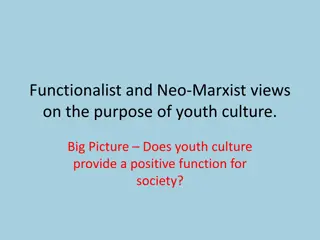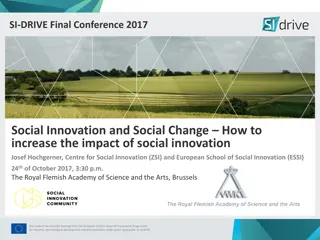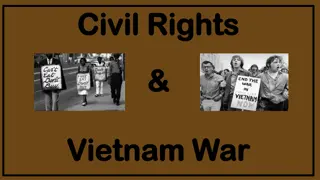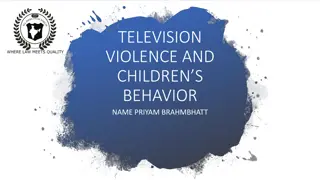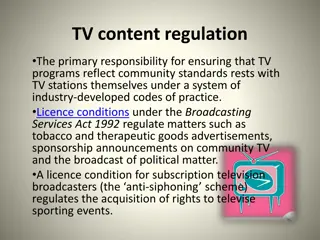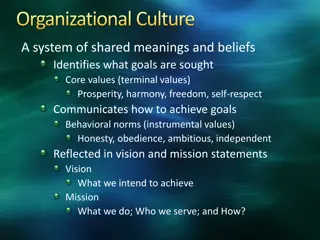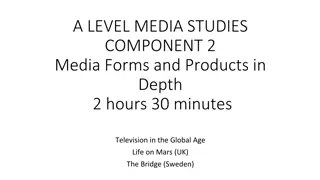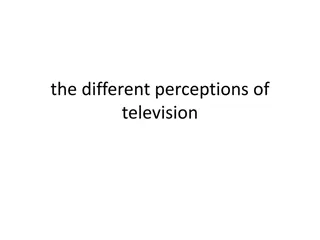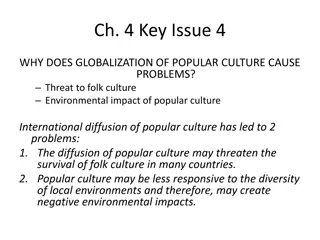The Impact of Popular Culture on Social Change Through Television
Popular culture, as portrayed through television, holds the power to influence societal norms, intercultural understanding, and global awareness. While it can promote positive social change and awareness, there are concerns about cultural imperialism, excessive TV consumption, and the cultivation theory shaping viewers' perceptions.
Download Presentation

Please find below an Image/Link to download the presentation.
The content on the website is provided AS IS for your information and personal use only. It may not be sold, licensed, or shared on other websites without obtaining consent from the author.If you encounter any issues during the download, it is possible that the publisher has removed the file from their server.
You are allowed to download the files provided on this website for personal or commercial use, subject to the condition that they are used lawfully. All files are the property of their respective owners.
The content on the website is provided AS IS for your information and personal use only. It may not be sold, licensed, or shared on other websites without obtaining consent from the author.
E N D
Presentation Transcript
the contribution of the popular culture to social change:
the positive and negative impact of the popular culture on wider society change.
Television is able to bring global events right into the viewer s living room. It cleverly projects tremendous amounts of information into the small space of the living room. Discretion is still left up to the viewer as to what to watch
Consumers can learn through television programs eg mythbusters, documentaries etc Shared experiences have contributed to greater intercultural understanding. Television can break down stereotypes or widely held views simply by casting, interviewing and editing.
Increased social awareness is a positive aspect that television and celebrities have brought about. Certain events can be promoted eg. Make Poverty History Campaign supported by Bono from U2. In times of need television is crucial in assisting with aid and communication eg after natural disasters
Cultural Imperialism This may jeopardise the weaker cultures as they cannot compete with the volume, funding and interest in programs from the UK and USA. This can lead to a lack of local content
Another negative impact of television is the amount of time spent watching tv. Consumers spend vast amounts of leisure time watching tv as opposed to becoming involved in other activities like sport, community groups etc. Tv has also contributed to the increasing obesity in children. How?
Cultivation Theory George Gerbner in the 1960 s and 1970 s developed this theory. Over time, exposure to television subtly cultivates viewers perceptions of reality. The repetition of mass produced images shape the way we see the world in which we live.
There are no specific effects but a general shift in perceptions. It can be further divided into mainstreaming and resonance. Mainstreaming occurs when divergent viewpoints, generated by social, cultural and demographic differences tend to merge because of television.
This helps to homogenise and form one view in many cultures. Resonance occurs when a viewer has experienced the situation on television, eg. A robbery scene that remains with the viewer (resonates) thus affecting their perception of reality.
The effects of cultivation include: First order effects that reflect the statistics of incidents on television such as the overrepresentation of violence Second order effects that reflect the overall nature of society e.g. New York city being a scary place of crime.
the ways in which the popular culture has contributed to social Television has led to a number of social changes. In the 1950 s when television came to Australia, many people did not own televisions. It was not uncommon for entire neighbourhoods to gather to watch a program. With the increase in the number of televisions being owned, television is now more an isolated experience.
Television has led to the development of sub cultures with their own verbal and non verbal cues. Programs such as Friends and Seinfeld displayed quite distinct ways of acting and people in their 20 s and 30 s relating to each other using unique gestures, mannerisms and humour.
A remarkable desensitisation toward sex, drugs and violence has taken place as it is now so frequently seen on television. Drug use can be found in most dramas and soap operas. Television desensitises viewers to pain and suffering. They lose the ability to understand the consequences of violence in particular, to empathise, to resist, to protest.
Society has an obsession with image which is reflected in the number and size of shopping centres and advertisements encouraging and emphasising image.
